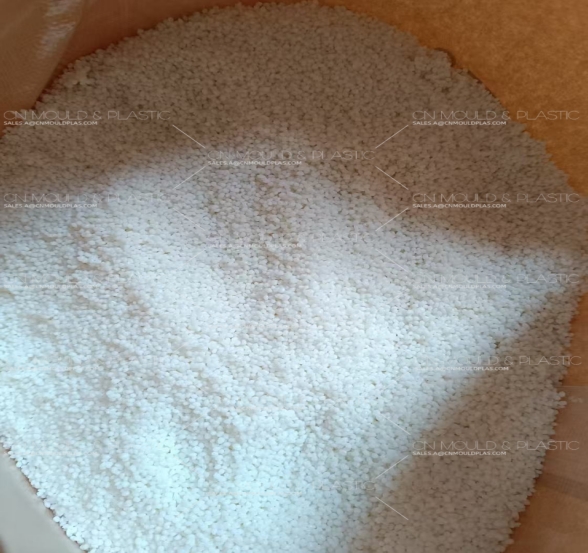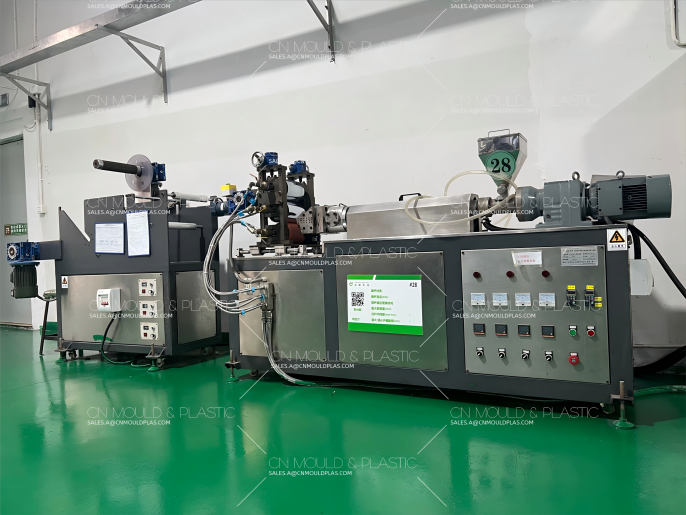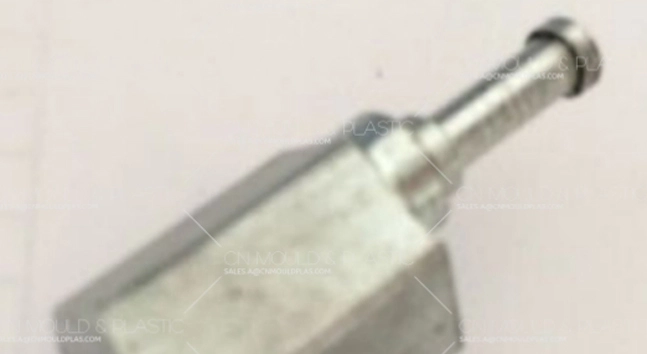Depending on the classification method, there are different types of TPE. Based on the production method, TPE can be roughly divided into two main categories:
1. Chemically synthesized thermoplastic elastomers: These are mainly composed of blocks with different chemical compositions. Their polymer chains usually have an ABA or (AB)ₙ structure and are pure copolymers.
2. Blend - based thermoplastic elastomers: These are typically produced by mechanically blending elastomers and plastics and are further divided into simple blend types and dynamically vulcanized types. They are blend - based polymers.
According to the types of chain segments that have a significant impact on the properties, TPE can be classified into the following groups:
· Styrene - based (TPS)
· Polyolefin - based (TPO)
· Polyurethane - based (TPU)
· Polyester - based (TPEE)
· Polyamide - based (TPAE)
· Silicone, fluorine, and acrylate - based types

This is the common classification method in the industry and commerce, as well as the widely used method in the literature. Currently, TPS is the largest category of thermoplastic elastomers, followed by TPO. The production and consumption volumes of these two types account for approximately 50% and 30% of all TPE, respectively.
In addition, the standard GB/T 22027 - 2008/ISO 18064:2003 classifies thermoplastic elastomers into seven main categories:
1. Styrene - based (styrenic thermoplastic elastomer, TPS)
2. Polyolefin - based (olefinic thermoplastic elastomers, TPO)
3. Thermoplastic vulcanizates (thermoplastic rubber vulcanizate, TPV)
4. Urethane - based (urethane thermoplastic elastomers, TPU)
5. Polyamide - based (polyamide thermoplastic elastomer, TPA)
6. Copolyester - based (copolyester thermoplastic elastomer, TPC)
7. Unclassified other TPE (composed of components or structures other than TPA, TPC, TPO, TPS, TPU, and TPV, abbreviated as TPZ)
This standard also classifies and names TPE mainly according to the types of chain segments. However, the difference from the conventional classification methods is that TPO is defined here as a mixture of polyolefins and general - purpose elastomers, where the elastomers in the mixture are either not cross - linked or only slightly cross - linked. That is, according to this standard, TPO does not include polyolefin - based TPV, which is separately defined as thermoplastic vulcanizates (TPV).
However, since many TPV widely used in the industry belong to the polyolefin - based types, for practical reasons, this book adheres to the conventional classification: Polyolefin - based TPV are classified into the TPO category (unless otherwise specified), while other TPV types are classified into their respective TPE categories (for example, polyamide - based TPV are classified as polyamide thermoplastic elastomers).
It should be noted that despite the existing ISO and national standards for the classification and naming of TPE, many newly developed TPE types (such as silicone - or fluorine - based TPE) still do not have standardized names. Moreover, TPE often originate from copolymers, which have their own names. For example, TPS is also known as styrene block copolymer (SBC), TPEE/TPC as copolyester - ether elastomer (COPE), and TPAE/TPA as copolyamide elastomer (COPA).
In addition, company - specific names and manufacturer standards make the variety of English abbreviations for TPE confusing. For the sake of simplicity, this book uses the common names for TPE as much as possible:
· Styrene - based (TPS)
· Polyolefin - based (TPO)
· Polyurethane - based (TPU)
· Polyester - based (TPEE)
· Polyamide - based (TPAE)
· Silicone, fluorine, and acrylate - based types

